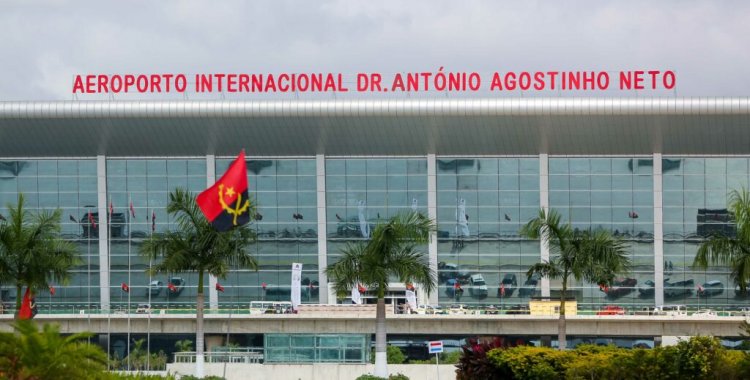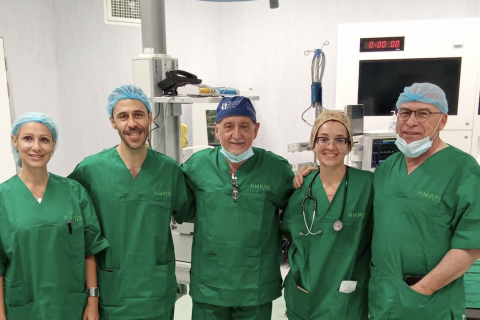According to a statement sent to VerAngola, the company is responsible for the design, installation, and configuration of the network, "executed by national technical teams specializing in telecommunications engineering and integration of critical indoor networks, based on specifications defined in alignment with GSMA standards for shared mobile infrastructure."
"Anglobal is responsible for the design, installation, and configuration of the internal mobile network in the passenger terminal of the new Dr. António Agostinho Neto International Airport. This system, which guarantees full coverage of the building, public areas, technical areas, and underground spaces, allows the use of various 2G, 3G, 4G, and 5G technologies for all mobile operators operating in the country," the statement reads.
According to the company, the "solution integrates dedicated fiber optics, switches, servers, and 356 antennas distributed throughout the terminal," having been "designed to function as a single infrastructure shared between operators, which reduces interference, avoids duplication of structures, and ensures stable and efficient service for passengers, operations teams, and critical systems."
Quoted in the statement, Nelson Guilherma of Anglobal clarified that, although this type of network is "invisible to passengers," it becomes "essential to the functioning" of the airport infrastructure.
"This type of network is invisible to passengers, but it is essential to the operation of the airport. It allows stable mobile connections in all areas, access to the mobile data network with capacity and speeds up to 5G, and ensures that internal systems and digital services operate without failures. It is a critical infrastructure, with a direct impact on security, mobility, and operational efficiency," explained Nelson Guilherma.
"The coverage supports high-capacity connections throughout the terminal area, ensuring constant access to voice and data for passengers and service teams, air operators and airport authorities," the statement said, adding that the installation also enables the airport "to support real-time digital applications such as self-check-in, baggage tracking, mobile payment, emergency communication and interdepartmental technical coordination."







